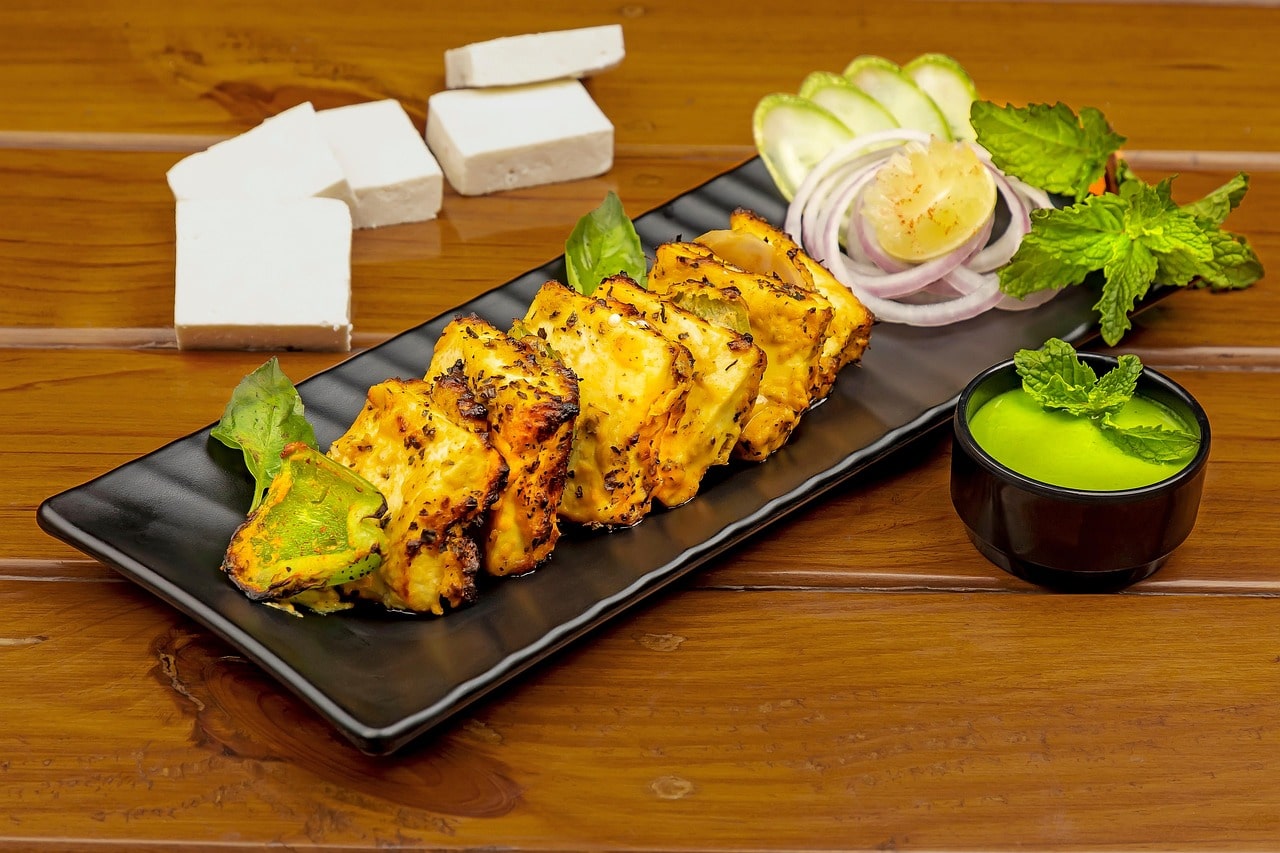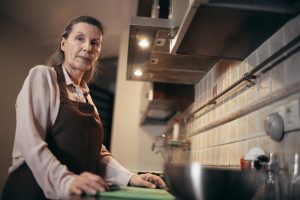Cooking with Chronic Pain: Adaptive Techniques for Physical Comfort
Living with chronic pain can be a daily challenge in many aspects of life, from work to household chores. But one activity that is often overlooked is cooking. The physical demands of standing, chopping, stirring, and reaching for ingredients can be overwhelming for those with chronic pain. However, with the right adaptive techniques, cooking can actually become a therapeutic and enjoyable experience. In this article, we will explore some adaptive techniques for cooking with chronic pain that can help minimize physical discomfort and make meal prep a more manageable task.
Understanding Chronic Pain
Before we dive into the techniques, let’s first understand what chronic pain is and how it affects the body. Chronic pain is defined as any type of pain that lasts for more than three months. It can range from mild to severe and can be constant or intermittent. It is usually caused by an underlying health condition such as arthritis, fibromyalgia, or nerve damage.
For those with chronic pain, daily activities like cooking require more energy and can lead to increased pain levels. The constant physical strain on the body can also make tasks more challenging and draining. That’s why it’s crucial to find adaptive techniques that can help reduce physical discomfort and make cooking more manageable.
Preparing Your Kitchen
The first step in adapting your cooking routine is to make your kitchen more pain-friendly. This means making sure everything you need is within arm’s reach. Rearrange your kitchen essentials and store them in accessible places, so you don’t have to bend or reach for them. Items that are used frequently, like cooking utensils and spices, should be placed at waist or shoulder height for easy access.
Investing in kitchen gadgets can also make a big difference. For example, an electric can opener means less hand strength is required, and a food processor can save time and effort on chopping and dicing. These tools may seem like small changes, but they can have a significant impact on the level of physical discomfort experienced while cooking.
Simple Techniques to Minimize Pain
Choose Easy Recipes
Cooking with chronic pain is all about simplifying your meals. Choose recipes that require minimal preparation and cooking time. Opt for one-pot meals or sheet pan dinners where you can throw all your ingredients in one dish and let the oven do the work. This not only reduces the number of dishes to clean but also minimizes the time and effort spent standing and stirring.
Master the Art of Sitting
Standing for a prolonged period can be challenging for those with chronic pain. Therefore, mastering the art of sitting while cooking can be a game-changer. Invest in a comfortable bar stool or kitchen chair with back support. This will not only provide a comfortable seating option but also allow you to cook at the same height as standing, eliminating the need to constantly sit and stand while cooking.
Take Breaks
Don’t hesitate to take breaks while cooking. Listen to your body and take a break whenever you feel tired, in pain, or overwhelmed. Use this time to sit down and rest while your food is cooking. It can also be helpful to prepare some ingredients in advance, so you have less standing time while cooking.
Use Adaptive Utensils
Using adaptive or ergonomic utensils can significantly reduce the strain on joints and muscles. These utensils are designed to fit comfortably and be easier to grip, reducing hand and wrist pain. Consider investing in utensils with larger handles, nonslip grips, or bendable angles. These simple changes can make a world of difference in your cooking experience.
The Importance of Taking Care of Yourself
Aside from adapting your cooking techniques, it’s essential to take care of your overall well-being when living with chronic pain. Make sure to get enough rest and relaxation, eat a balanced and nutritious diet, and engage in low-impact exercises like yoga and swimming. These activities can help strengthen your body and improve your tolerance for physical activities like cooking.
In conclusion, cooking with chronic pain doesn’t have to be a daunting task. By implementing these adaptive techniques, you can reduce physical discomfort and make meal prep a more manageable activity. Remember to take care of yourself and choose recipes that are easy and convenient to prepare. With the right tools and techniques, cooking can be a therapeutic and enjoyable experience, even with chronic pain.










